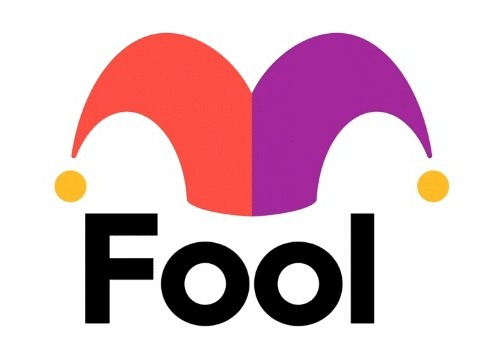One of the nice things about saving for retirement in an IRA or 401(k) is enjoying certain tax breaks on the road to building wealth for your senior years. But there’s a downside to saving in accounts like these: having to deal with required minimum distributions (RMDs) down the line.
If you’re wondering what the purpose of RMDs is, it’s simple. The government offers up tax benefits to fund IRAs and 401(k)s so that working Americans have income to fall back on in retirement. But it doesn’t want IRAs and 401(k)s to become wealth-transfer tools used by the rich to pass down assets in a tax-advantaged manner.
Start Your Mornings Smarter! Wake up with Breakfast news in your inbox every market day. Sign Up For Free »

Image source: Getty Images.
That’s why the IRS requires IRA and 401(k) savers to take withdrawals each year starting at a certain age (currently 73, but it’s 75 for those born in 1960 or later). But it’s also important to understand how RMDs work — and to avoid these mistakes in the course of taking them.
1. Forgetting that Roth accounts don’t impose RMDs
When you contribute funds to a traditional IRA or 401(k), you get an up-front tax break on the money you put in. Roth IRAs and 401(k)s, on the other hand, don’t give you an immediate tax break on your contributions. Because of this, you’re not forced to take RMDs from a Roth account in retirement.
However, that wasn’t always the case. For many years, Roth 401(k)s forced savers to take RMDs, and it was only Roth IRAs that didn’t.
But do be aware that the rules have changed. And if you have money in a Roth account you don’t need right away, it pays to keep it there to enjoy extra tax-advantaged growth.
2. Donating your RMDs to charity the wrong way
The problem with RMDs is that they create an immediate tax liability for you — unless you donate that money to charity. But you have to do so in a certain way to avoid a tax hit.
If you take your RMD, transfer the money into your bank account, and then write a registered charity a check, you’ll still face taxes on your RMD. But if you do what’s known as a qualifying charitable distribution (QCD), you can avoid RMD taxes. With a QCD, you’re transferring funds to a registered charity directly from your IRA or 401(k) rather than having that money land in another account of yours temporarily.
3. Assuming you have to spend your RMDs
RMDs force you to remove funds from your IRA or 401(k) or face a costly penalty. But once that money is out of your account, the only thing you can’t do is put it into another tax-advantaged account. Beyond that, what you do with it is up to you.
What this means is that if you don’t need to spend the money, you don’t have to. You can invest it in a taxable brokerage account, use it to open a CD ladder, or put it into a bond portfolio. The choice is yours. But you can absolutely use that money to grow your net worth instead of whittle it down by spending it.
RMDs can be a tricky thing to get used to, especially when you’re new to having to take them. So if you’re not sure what the rules are, consult a tax professional or financial advisor. Someone in that position can help you make the most of your RMDs while potentially helping to minimize the tax hit that ensues.
The $22,924 Social Security bonus most retirees completely overlook
If you’re like most Americans, you’re a few years (or more) behind on your retirement savings. But a handful of little-known “Social Security secrets” could help ensure a boost in your retirement income. For example: one easy trick could pay you as much as $22,924 more… each year! Once you learn how to maximize your Social Security benefits, we think you could retire confidently with the peace of mind we’re all after. Simply click here to discover how to learn more about these strategies.
View the “Social Security secrets” »
The Motley Fool has a disclosure policy.
 benzinga.com
benzinga.com fool.com
fool.com



